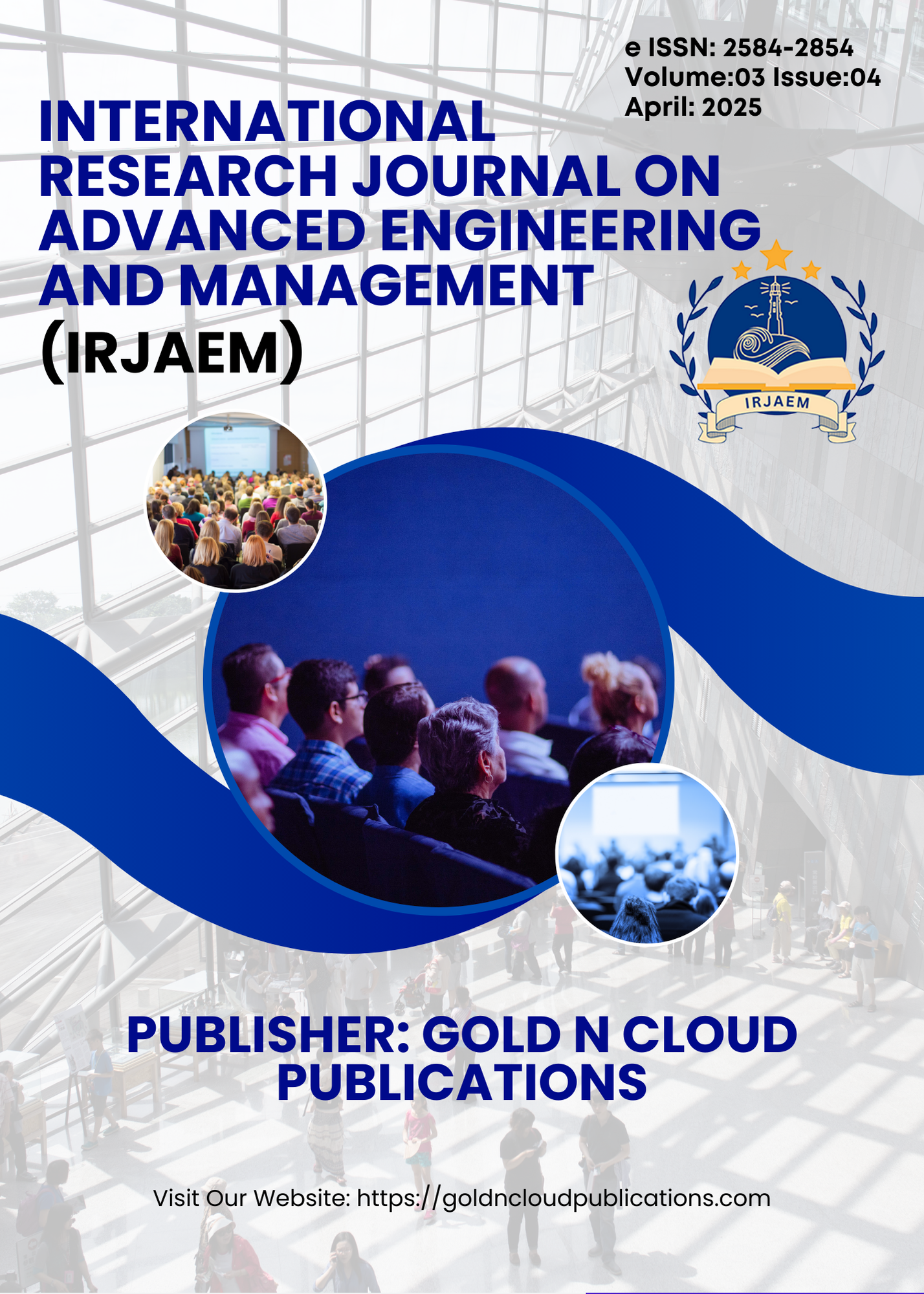Cyberbullying Detection and Prevention Using Machine Learning
DOI:
https://doi.org/10.47392/IRJAEM.2025.0250Keywords:
Linguistic Inquiry and Word Count, Cyberbullying, Psycholinguistic Tools, Deep Learning (DL), Techniques like CNNs, RNNs, Bi-LSTM modelsAbstract
Cyberbullying Detection uses a combination of MACHINE LEARNING techniques such as TF-IDF vectorization, logistic regression, multilayer perception, CNNs and LSTM networks to create a robust model for detecting cyberbullying. By Employing BERT model, it’s able achieve higher accuracy and better performance in identifying offensive content on social media platforms. The existing System for detecting cyberbullying in Indian Language Bengali on social media. The model uses text preprocessing, TF-IDF, and Instance Hardness Threshold (IHT) for resampling, it uses multiple Machine learning algorithms for detection of online harassment. However, the existing System does not address the practical challenges like Real-Time Detection and the Technique used for Resampling deduce the actual size of dataset to balance the dataset which leads to lower accuracy rate. To overcome these Limitations, the proposed system uses the BERT model, known for its advanced contextual understanding and bidirectional processing capabilities, to enhance prediction accuracy.
Downloads
Downloads
Published
Issue
Section
License
Copyright (c) 2025 International Research Journal on Advanced Engineering and Management (IRJAEM)

This work is licensed under a Creative Commons Attribution-NonCommercial 4.0 International License.


 .
. 